Best Earth Images of the Week - March 30, 2012

Stunning Natural Arches, Pandas Taking a Dip, Strang Glowing Clouds
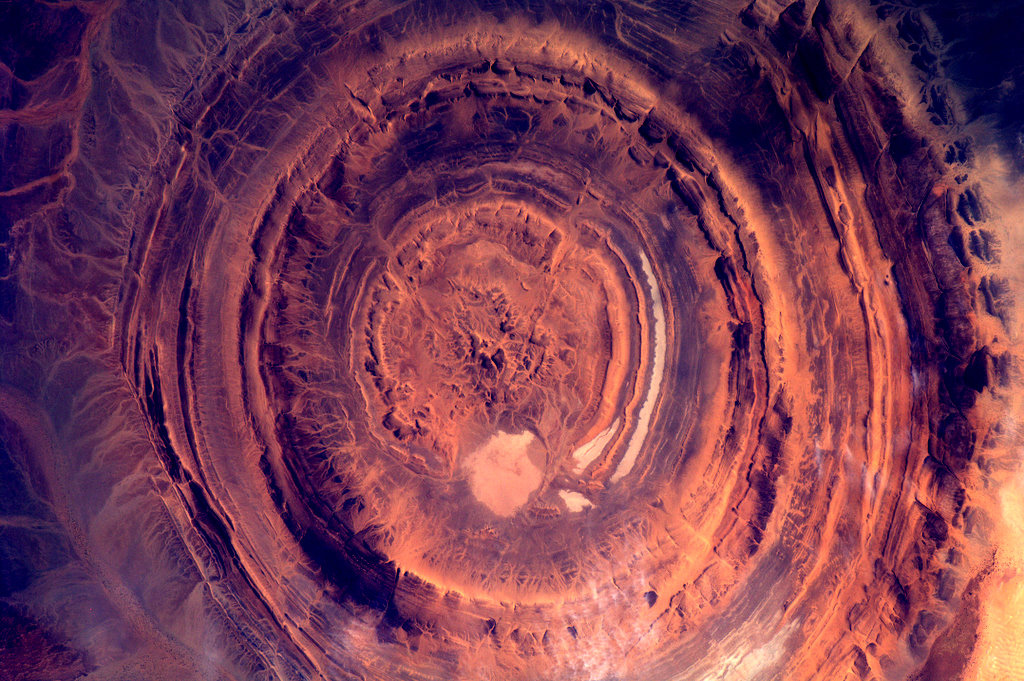
Stunning arches, pandas splashing and strange glowing clouds are just a few of our picks for this week.
Check these out!
Arches Shining in the Sun

The beauty of the unusual rock formations that litter Utah's Arches National Park are clear in this photo, with the sun sitting just above the horizon.
Arches National Park has more than 2,000 sandstone arches, including the iconic Delicate Arch, that the forces of erosion have shaped over millions of years.
[Full Story: Rock Arches Shine in Stunning Photo]
Long-Fingered Frog Reappears
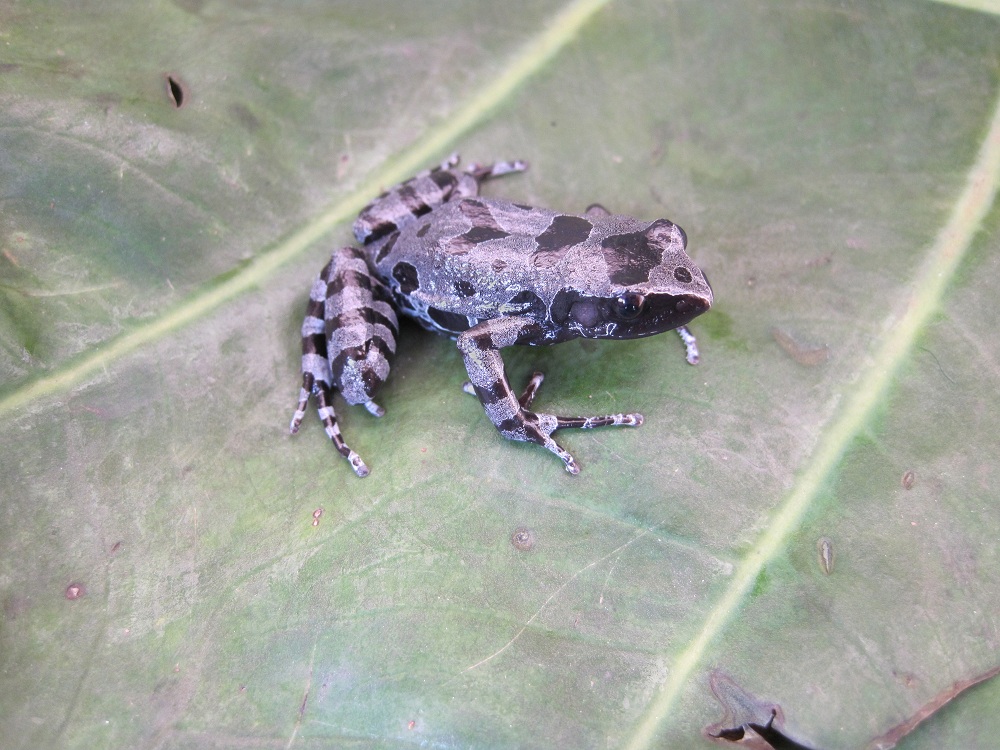
A long-fingered frog last seen in 1949 and feared extinct has come out of hiding in the forests of Burundi, a small country in eastern Africa, scientists reported this week.
Called the Bururi long-fingered frog (Cardioglossa cyaneospila), the amphibian is about 1.5 inches (3.8 centimeters) long, with a black and bluish-gray coloration. The males even sport a "ring finger," one extra-long digit on each foot, though scientists aren't sure what it's used for.
David Blackburn of the California Academy of Sciences and Eli Greenbaum of the University of Texas at El Paso spotted the elusive frog during a December 2011 expedition to the Bururi Forest Reserve. It was on their fifth night in the forest that Blackburn heard a frog call; they had hoped it would do so like its closest living relative in Cameroon.
[Full Story: Mysterious Long-Fingered Frog Comes Out of Hiding]
Island Volcano Caught in Action
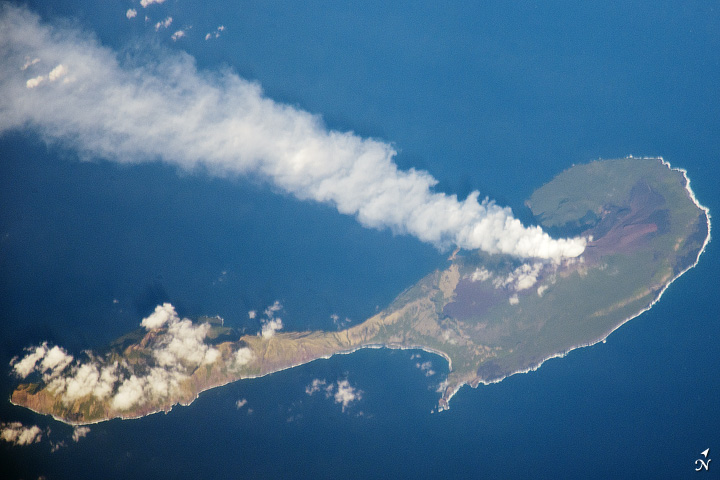
An astronaut aboard the International Space Station spotted a steam plume flowing from the northernmost volcano on Pagan Island, part of the Commonwealth of the Northern Marianas.
The commonwealth is an island chain of volcanoes that form the margin between the Pacific Ocean (to the east) and the Philippine Sea (to the west).
[Full Story: Astronaut Spots Steam Flowing from Island Volcano]
Taking the Plunge

Yang Guang, the Edinburgh Zoo's new male panda, takes a dip in his pool.
[Full Story: Scottish Panda Takes a Dip]
Resident of the Maya Biosphere Reserve
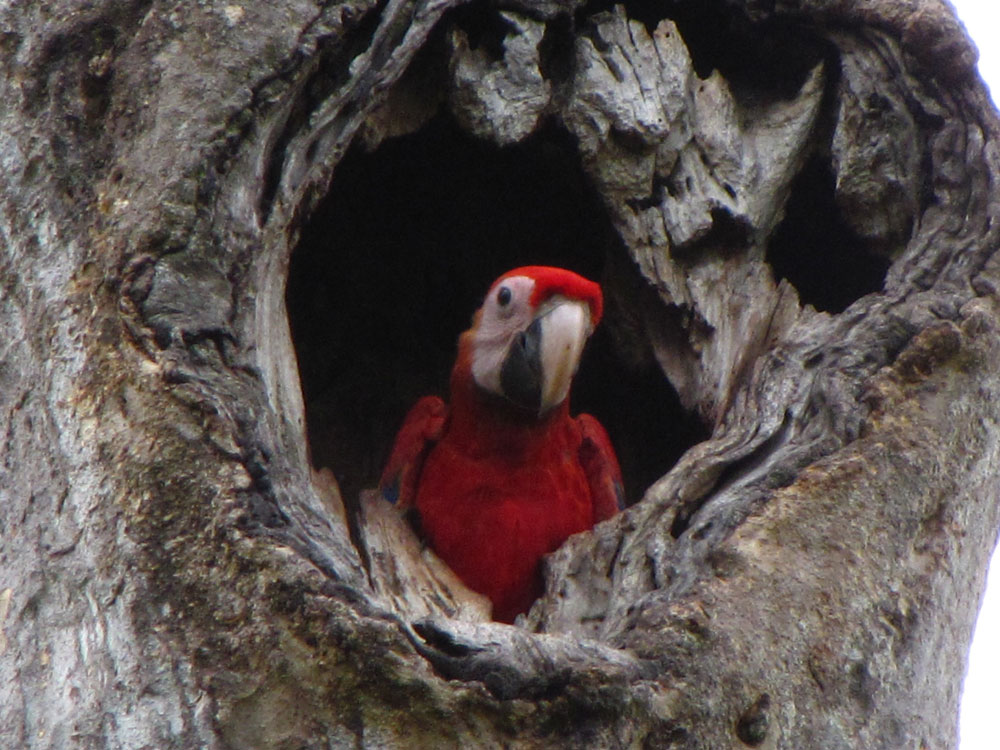
A scarlet macaw in the Maya Biosphere Reserve. The bird is one of the most endangered species of parrots in the world, threatened by the destruction of their habitats.
[See the Images: Species of the Maya Biosphere Reserve]
Glowing Clouds
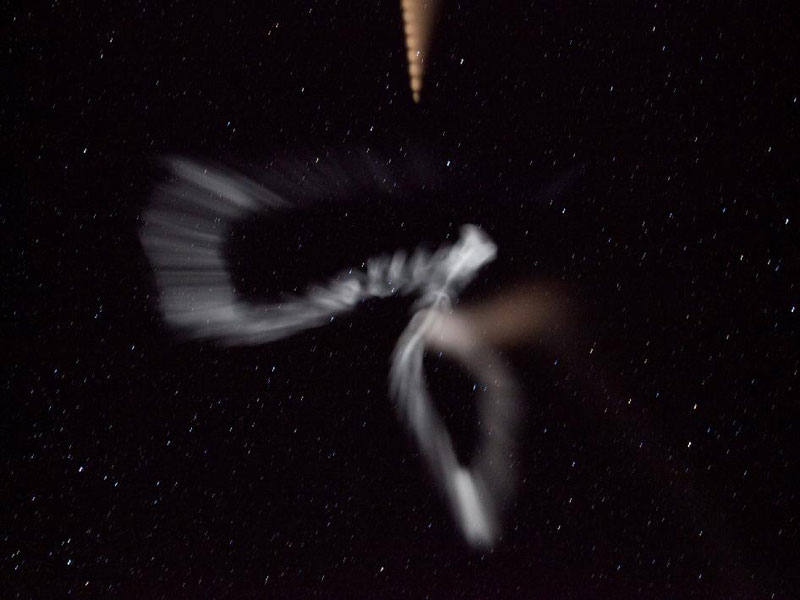
NASA successfully launched five sounding rockets into the Earth's atmosphere early this morning as part of a study of the upper level jet stream, which controls the flow of many weather systems across North America.
The first Anomalous Transport Rocket Experiment (ATREX) rocket launched at 4:58 a.m. EDT and each subsequent rocket launched 80 seconds apart.
Each of the rockets released a chemical tracer that created milky, white clouds at the edge of space, as seen in a new NASA photo.
[Full Story: Glowing Clouds Created by NASA Rocket Launch]
Get the world’s most fascinating discoveries delivered straight to your inbox.
Shark Twins Worry Researchers
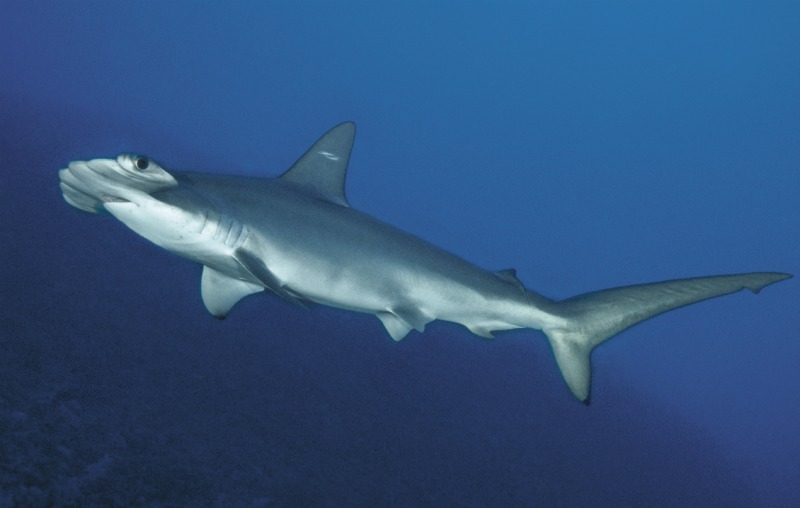
Scientists recently confirmed that endangered scalloped hammerhead sharks have a fishy twin a newfound species, still unnamed, that is distinct, yet very closely resembles the threatened sharks.
The case of mistaken identity indicates that scalloped hammerhead sharks are even more scarce than once thought, according to some researchers.
Since it's very hard to tell the two species apart only differences in their DNA and number of vertebrae reveal their true identities it's likely that previous assessments of scalloped hammerhead sharks exaggerated their numbers because the counts likely included the look-alike sharks.
[Full Story: Newly Discovered Hammerhead Shark's 'Twin' Sparks Concern]
Rehabilitated Eagle Flies Home
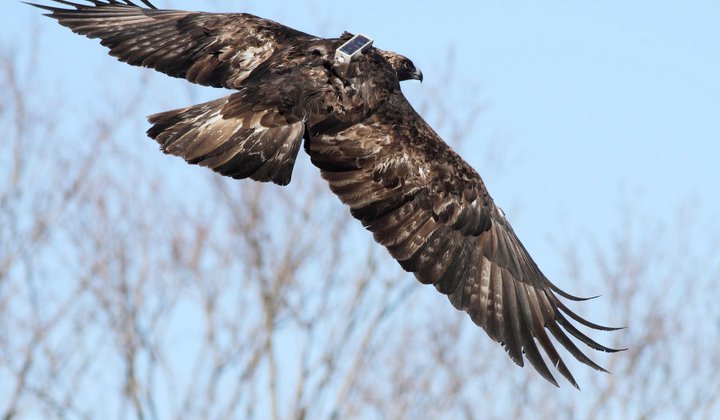
A rare golden eagle that was rehabilitated after it was found wounded in New York last year has been tracked since its release all the way back to where it was originally found.
The eagle was found in Amenia, N.Y., by snowmobilers in February 2011. It had suffered multiple puncture wounds on its left leg, likely caused by an animal it was trying to capture. Its left foot was also injured. It was transferred to the Tufts Wildlife Center in North Grafton, Mass., for treatment and made a full recovery.
[Full Story: Rare Golden Eagle Tracked Through Migration]
Deep Sea Dive

The DEEPSEA CHALLENGER submersible carrying filmmaker and National Geographic Explorer-in-Residence James Cameron is hoisted into the Pacific Ocean on its way to the Challenger Deep, the deepest part of the Mariana Trench. The dive was part of DEEPSEA CHALLENGE, a joint scientific expedition by Cameron, the National Geographic Society and Rolex to conduct deep-ocean research.
[See the Images: Cameron's Dive to Earth's Deepest Spot]
Strange Shape in the Sahara

A huge, copper-toned formation in West Africa dominates a mesmerizing photo taken by an astronaut aboard the International Space Station.
Dutch astronaut Andre Kuipers snapped this hypnotic image of the so-called Richat structure in Mauritania, as the space station flew over the Sahara Desert on the Atlantic Coast of West Africa. Erosion of the various rock layers created the ring-like features that make up the sprawling structure, but the origin of the Richat structure remains somewhat mysterious, geologists have said.
[Full Story: Mysterious Geologic Structure Seen from Space]



